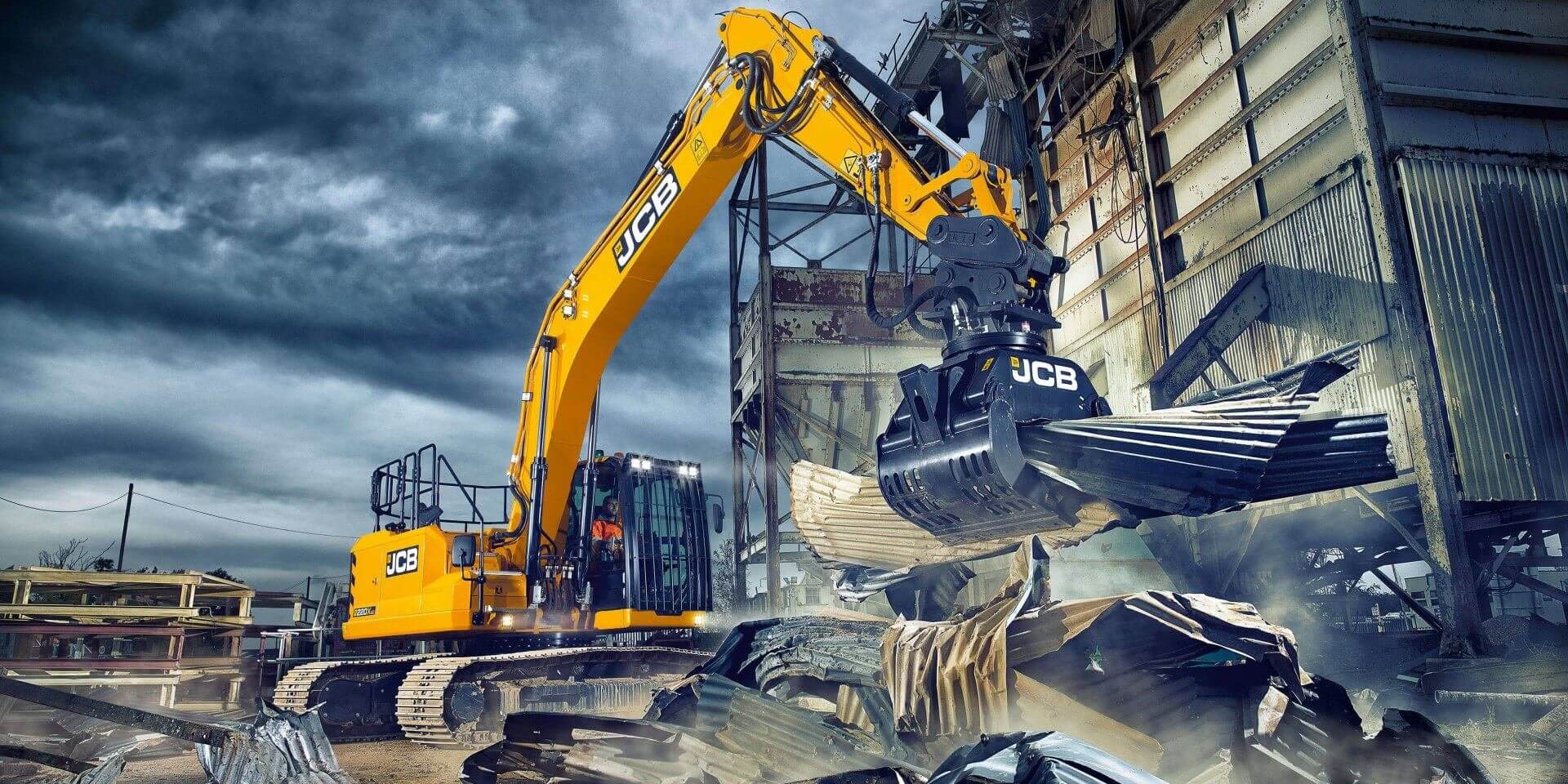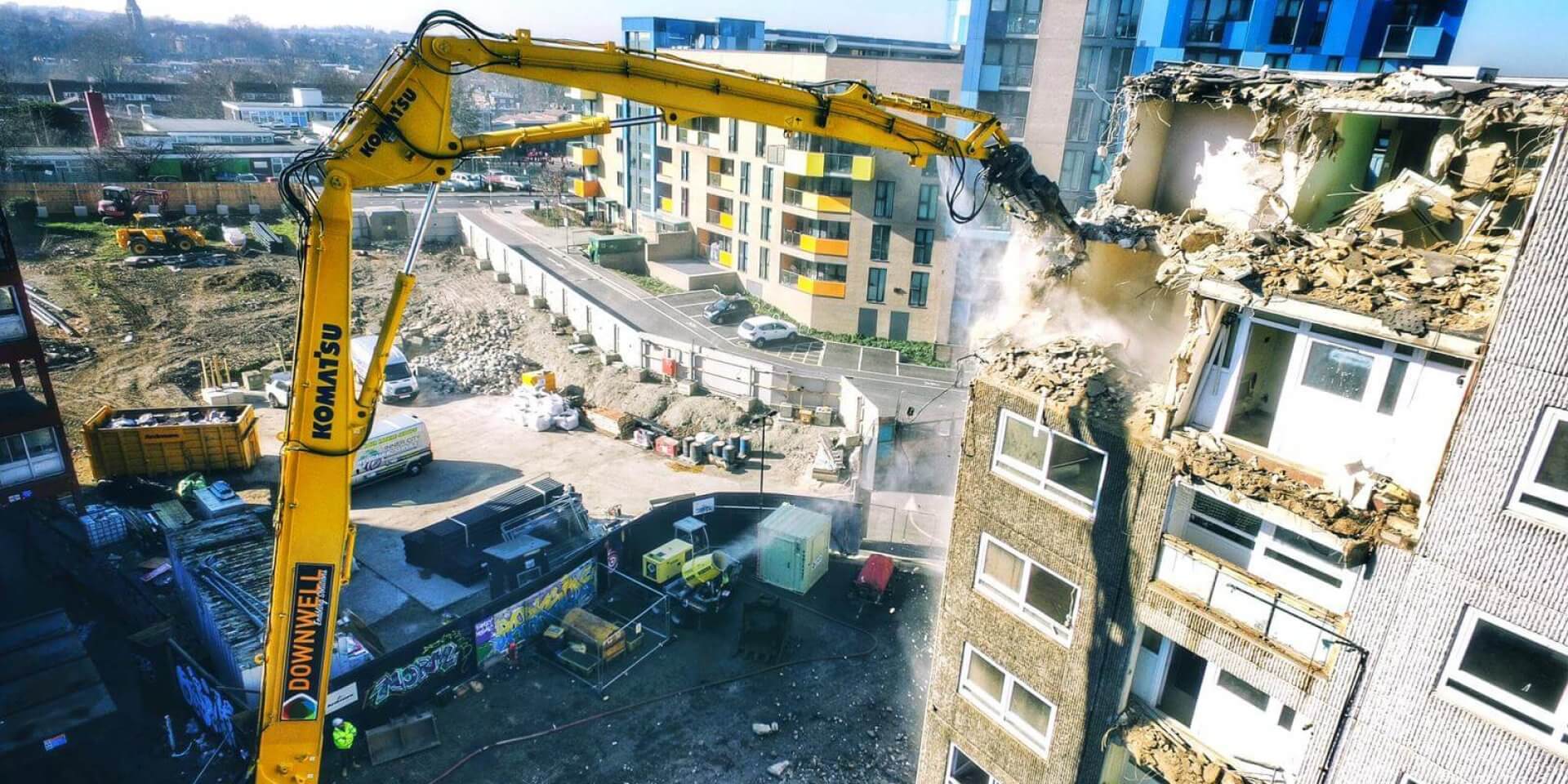UK failed to transpose EU legislation into British law.

Delivered in the form of a reasoned opinion under EU infringement procedures, the Commission wants the UK to change provisions in its legislation that exempt some maintenance and repair activities from the application of the EU Directive on the protection of workers from asbestos.
It follows a complaint received by the Commission that Article 3(3)(a) and (b) of the asbestos Directive 2009/148/EC has not been correctly transposed into UK law. Article 3(3) offers the possibility for an exemption from three obligations set out in the Directive for activities that involve only sporadic and low-intensity exposure to asbestos – for example, in the case of some maintenance and repair activities.
However, in the Commission’s view, the UK law omits specific parts of Article 3(3)(a) and (b), and so widens the scope of the exemption. The Commission says the UK legislation focuses on the measurement of exposure to asbestos but not enough on how the material can be affected by the work involved. The Directive deals with both exposure and the material.
The UK now has two months to bring its legislation into line with EU law, or risk the matter being referred to the EU’s Court of Justice.
Read more here.





 Attempts by Birmingham City Council to demolish the 20-storey blocks have been frustrated by first, the recession, and then a family of peregrine falcons.
Attempts by Birmingham City Council to demolish the 20-storey blocks have been frustrated by first, the recession, and then a family of peregrine falcons. Missouri state senator Clair Mccaskill has written to the US Treasury Department in an attempt to halt what she believes to be a premature demolition of the former Chrysler manufacturing plant in Fenton.
Missouri state senator Clair Mccaskill has written to the US Treasury Department in an attempt to halt what she believes to be a premature demolition of the former Chrysler manufacturing plant in Fenton. Lee Group Ltd has embarked on a major upgrade of its demolition, recycling and earthmoving equipment.
Lee Group Ltd has embarked on a major upgrade of its demolition, recycling and earthmoving equipment.  The city Code Enforcement Office has begun a process of fining property developer Daniel Siniawa $1,000 per day for alleged code violations at a complex near downtown Wilkes-Barre.
The city Code Enforcement Office has begun a process of fining property developer Daniel Siniawa $1,000 per day for alleged code violations at a complex near downtown Wilkes-Barre.